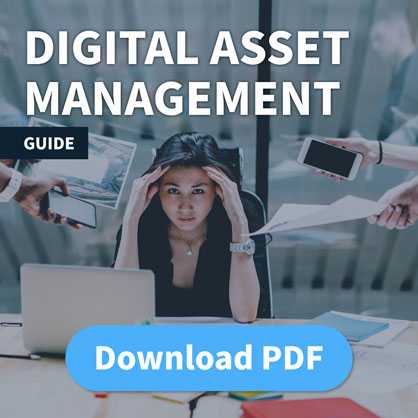The Five Pillars of Security: How Digital Asset Management Systems Protect Your Data
In today’s digital world, where data is a valuable resource, ensuring the security of information is crucial. Companies and organizations are increasingly relying on digital asset management systems to effectively manage and protect their valuable data. These systems offer a range of security measures based on the five pillars of security to ensure that data is protected from unauthorized access, loss, or damage.
1. Access Control
The first pillar of security is access control. Digital asset management systems employ various mechanisms to ensure that only authorized users can access the data. This is often achieved through the implementation of user accounts, passwords, and access rights. Each user is assigned a unique account and a secure password to ensure that only authorized individuals have access to the data. Furthermore, many systems allow fine-grained access rights to specific files or folders to further restrict access.
2. Integrity
The second pillar is integrity. This pillar focuses on ensuring that the data remains complete and unaltered. Digital asset management systems use hashing algorithms to verify the integrity of files. A hash value is generated for each file, serving as a unique identifier. If a file is manipulated, the hash value also changes. By regularly checking the hash values, potential tampering can be detected and prevented.
3. Availability
The third pillar is availability. It is important to ensure that the data is available at all times when needed. Digital asset management systems employ redundant storage and backups to ensure that data can be recovered even in the event of hardware failure or a disaster. This often involves the use of cloud storage and distributed servers to ensure high availability.
4. Confidentiality
Confidentiality is the fourth pillar. Many data stored in digital asset management systems are confidential and should be protected from unauthorized access. Encryption is a crucial tool to ensure confidentiality. Data is encrypted during transmission and at rest to ensure that only authorized individuals can read it. Modern encryption algorithms are highly robust and provide a high level of security.
5. Incident Management
The fifth pillar is security incident management. Despite all the security measures in place, security breaches can still occur. In such cases, it is important that digital asset management systems provide mechanisms for detecting and responding to security incidents. This may include logging access, monitoring system integrity, and notifying administrators. Prompt action in response to security incidents can limit damage and eliminate potential threats.
Conclusion
Overall, digital asset management systems provide a robust security infrastructure to protect data. The five pillars of security – access control, integrity, availability, confidentiality, and security incident management – form the foundation for safeguarding sensitive information. By implementing these security measures, companies and organizations can ensure that their data is protected from loss, damage, and unauthorized access.
It is important to note that security is an ongoing process, and regular assessments and updates are necessary to keep pace with evolving threats. Choosing a trusted provider of digital asset management systems and collaborating with experienced security professionals are crucial steps to ensure that your data is optimally protected.
In an era where data plays a critical role for businesses, digital asset management systems with their security features have become indispensable. By employing the five pillars of security, companies can protect their valuable digital assets while maintaining the trust of their customers and partners.
Security and Effectiveness: AdmiralCloud as a Secure Platform for Your Digital Asset Management
If you are in search of a digital asset management system that provides the highest security standards and effectively manages your digital assets, then AdmiralCloud is the ideal choice for you. Our platform features a multi-layered security architecture that effectively protects your data and information, safeguarding your business against threats such as cyber attacks, data loss, hacking, and compliance violations.
As a leading provider of digital asset management solutions, we take pride in offering our customers a reliable and secure platform that meets their needs. We provide a variety of features that facilitate the management and sharing of digital assets, including easy access from anywhere, the ability to collaborate and share content, and a user-friendly interface.
If you would like to learn more about how AdmiralCloud can protect your business and securely manage your digital assets, do not hesitate to contact us. Our experts are available to assist you, answer your questions, and provide you with a demo of our platform. Contact us today to find your digital asset management solution!
This free guide provides you with the knowledge and tools to securely and effectively manage your digital assets, thus enhancing the efficiency and productivity of your business.





